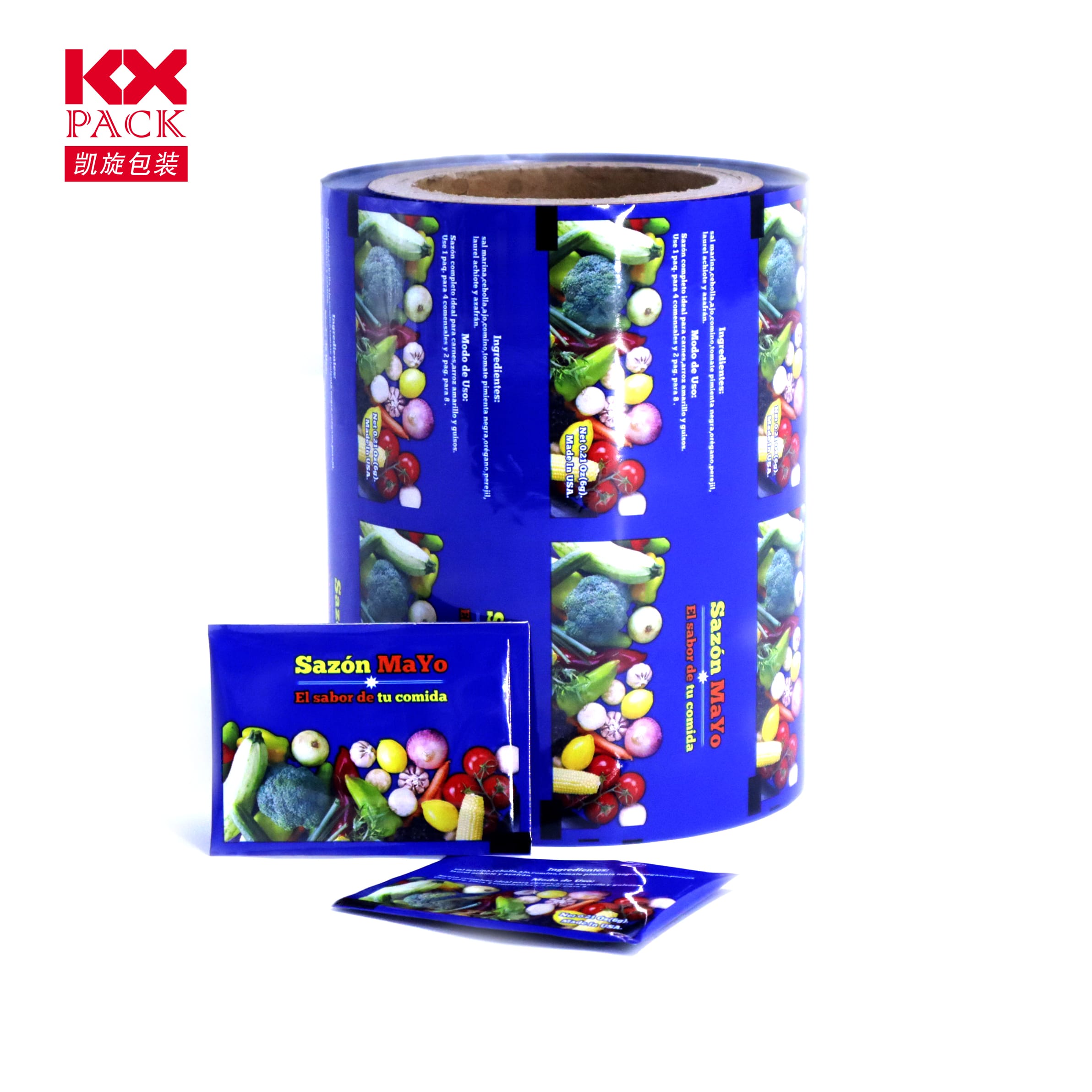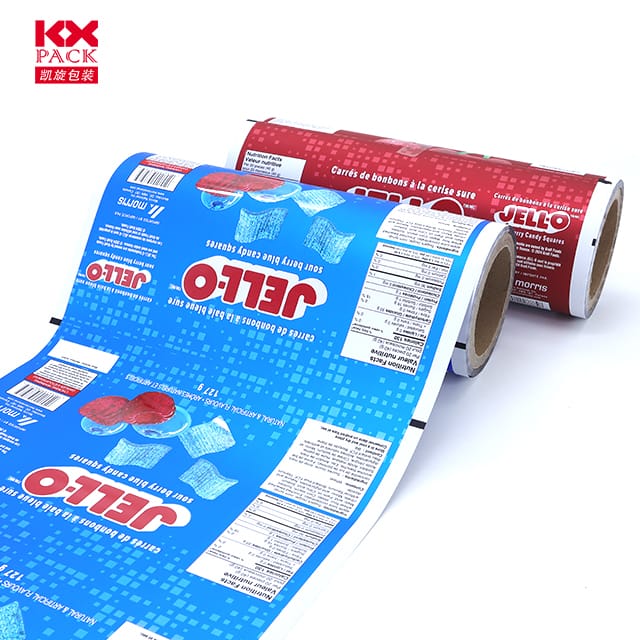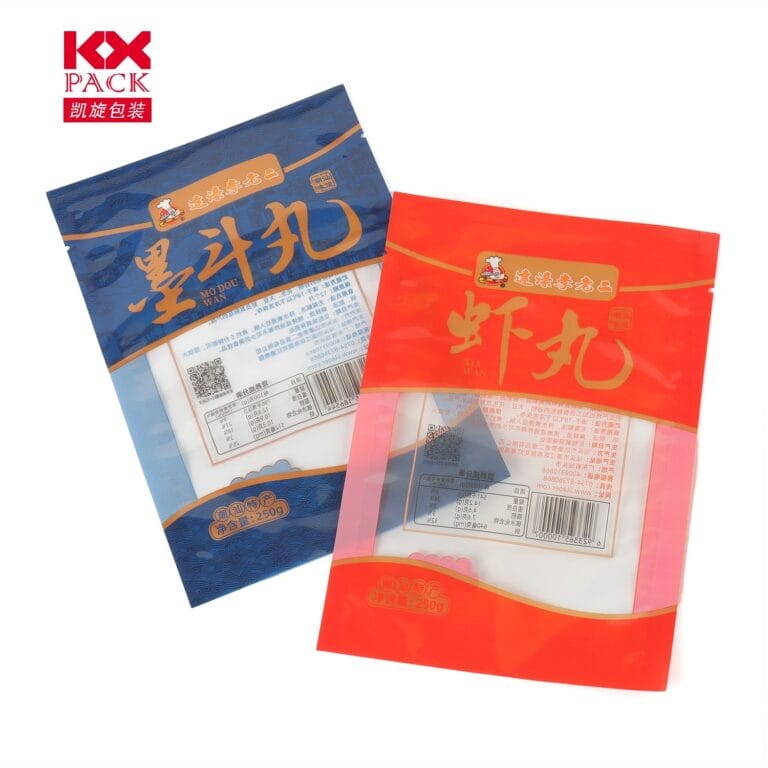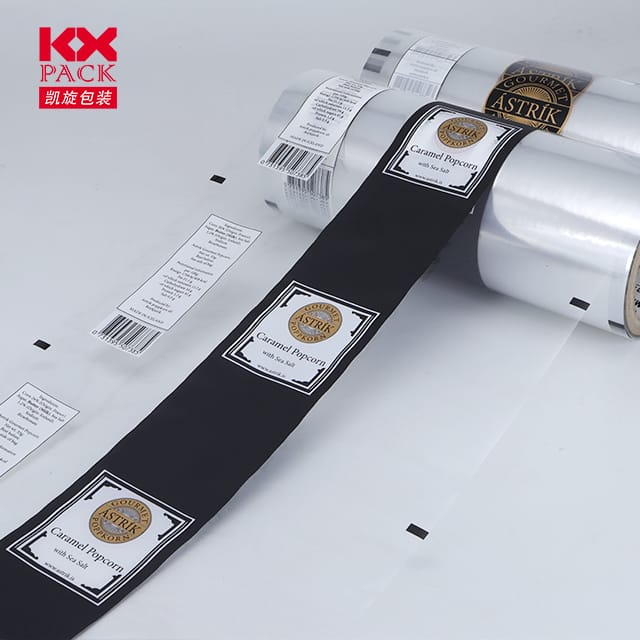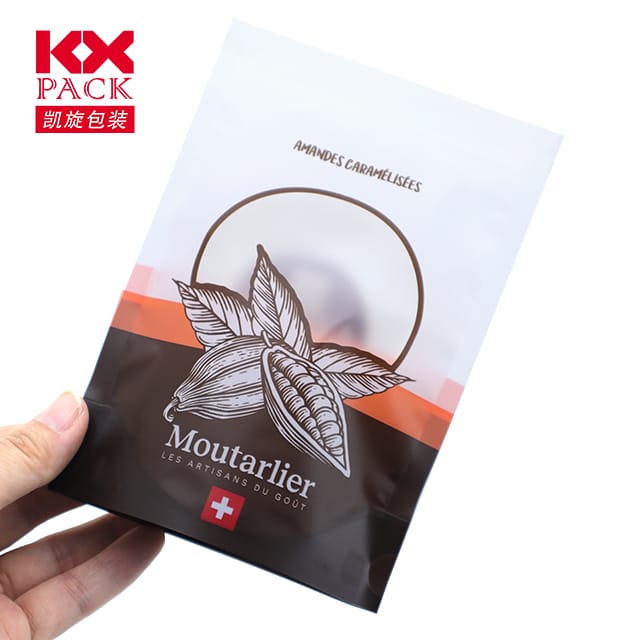柔軟なプラスチックフィルムパッケージ: スマートの未来, 持続可能な, 汎用性の高いパッケージ
柔軟なプラスチックフィルムパッケージ
In a world where convenience, 持続可能性, そして、ブランドの差別化が最重要です, flexible plastic film packaging has emerged as a revolutionary solution. 食品や医薬品から電子機器や電子商取引まで, この軽量, 適応可能な材料は、製品の保護方法を再構築しています, 提示, そして消費されます. Let’s dive into why flexible plastic films are dominating the packaging industry—and how they’re evolving to meet tomorrow’s challenges.
Why Flexible Plastic Film Packaging? 主な利点
1. Unmatched Versatility
Flexible plastic films—such asボップ (二軸方向のポリプロピレン), ペット (ポリエチレンテレフタレート), and PE (ポリエチレン)—can be engineered to meet diverse needs:
- バリア保護: Multi-layer films block oxygen, 水分, and UV light, 貯蔵寿命をまで延長します 50% for perishables like snacks and coffee.
- Formability: Thermoformable films mold precisely around products, reducing material waste compared to rigid packaging.
- 透明性 & 印刷適性: クリアフィルムは製品を紹介します, while high-definition printing options (例えば。, flexography, digital, or gravure) enable vibrant branding without labels.
2. Sustainability in Focus
The global 柔軟なプラスチックフィルムパッケージ market, valued at $341.6 10億 2028, is driven by eco-conscious innovations:
- Recyclable Films: Mono-material structures (例えば。, オールペポーチ) are easier to recycle than traditional multi-layer laminates.
- 生分解性オプション: Films made from 人民解放軍 (ポリラトン酸) または PHA (Polyhydroxyalkanoates) decompose within 6–18 months under industrial composting.
- 軽量化: Flexible films use 70% less plastic than rigid alternatives, cutting transportation emissions and material costs.
3. Cost-Efficiency & Scalability
- Production Speed: High-speed flexographic printing (まで 1,500 feet per minute) makes flexible films ideal for mass-market brands.
- Reduced Storage Costs: Rolls of film occupy 80% less space than pre-formed containers, optimizing warehouse efficiency.
- On-Demand Customization: Digital printing enables small-batch runs with zero setup costs, perfect for niche products or seasonal campaigns.
Key Applications Across Industries
1. 食べ物 & 飲料
- スタンドアップパウチ: Replacing cans and jars for soups, ナッツ, ペットフードと, these pouches use 60% 材料が少ない and feature resealable zippers.
- 修正された雰囲気のパッケージ (地図): Films with oxygen scavengers preserve freshness for meats and produce.
- Retort Pouches: Sterilizable films withstand high temperatures, ensuring safety for ready-to-eat meals.
2. 医薬品 & Healthcare
- Child-Resistant Pouches: 柔軟なプラスチックフィルムパッケージ with tamper-evident seals meet safety regulations for medications.
- Cold-Form Blister Packs: Aluminum-laminated films protect light-sensitive drugs from degradation.
3. eコマース & ロジスティクス
- Air Cushion Films: Inflatable plastic films replace Styrofoam peanuts, reducing shipping damage by 90%.
- Anti-Static Films: Safeguard electronics from electrostatic discharge during transit.
Technological Innovations Driving the Market
1. スマートパッケージングの統合
- NFC Tags & QR Codes: Embedded in films, these enable consumers to scan for product authenticity, recycling instructions, or promotional content.
- 時間温度インジケーター (お父さん): Color-changing labels on perishable goods alert retailers to spoilage risks.
2. Advanced Manufacturing Techniques
- ナノコーティング: Ultra-thin layers enhance barrier properties without adding weight.
- Laser Scoring: Precision cuts allow easy opening while maintaining package integrity during shipping.
3. Circular Economy Solutions
- 化学リサイクル: Breaks down mixed plastics into reusable monomers, enabling infinite recycling loops.
- Upcycling Initiatives: のような企業 Dow そして Amcor are converting post-consumer films into new 柔軟なプラスチックフィルムパッケージ 材料.
課題 & Future Trends
1. Recycling Infrastructure Gaps
Only14% of flexible packaging is recycled globally, largely due to contamination and lack of collection systems. Solutions include:
- Standardized Labeling: Clear recycling instructions to educate consumers.
- Deposit Return Schemes (DRS): Incentivizing returns of used films.
2. Regulatory Pressures
Governments are imposing stricter rules on single-use plastics. 例えば, のEUの使い捨てプラスチック指令 リサイクルできない映画を禁止します 2030.
3. The Rise of Bio-Based Alternatives
By 2030,30% of flexible films are expected to be plant-derived, reducing reliance on fossil fuels.
結論: Flexibility Is the Future
Flexible plastic film packaging isn’t just a trend—it’s a strategic imperative for brands aiming to balance performance, 持続可能性, and cost. As innovations likesmart sensors, compostable materials, and closed-loop recycling gain traction, the possibilities are endless.
企業向け: Embrace flexibility by partnering with suppliers who prioritize circular design and transparent sustainability reporting.
For consumers: Look for brands using recyclable or compostable films, and recycle properly to close the loop.
The packaging revolution is here—and it’s flexible. 🌱✨
What’s your favorite example of innovative flexible packaging? 以下であなたの考えを共有してください!

